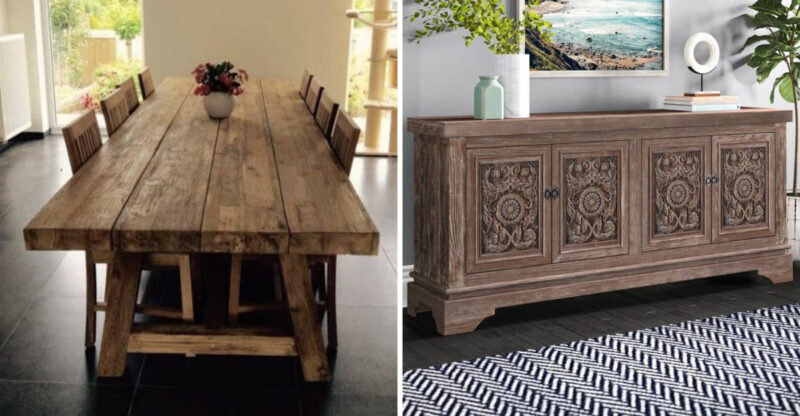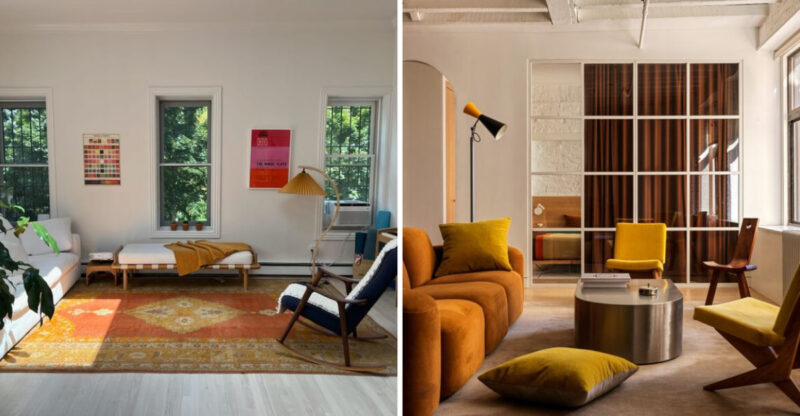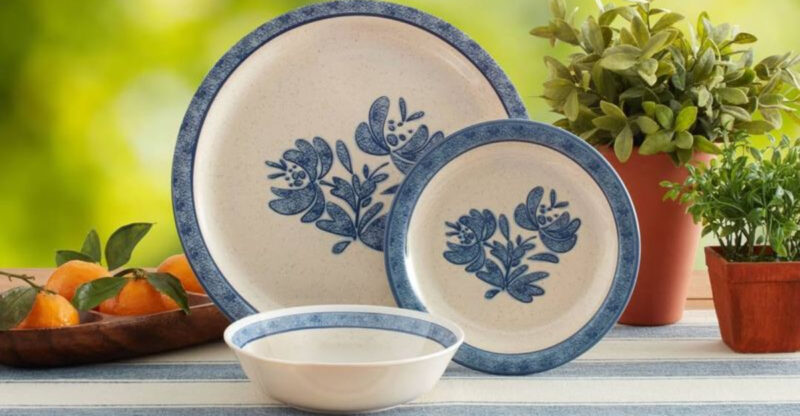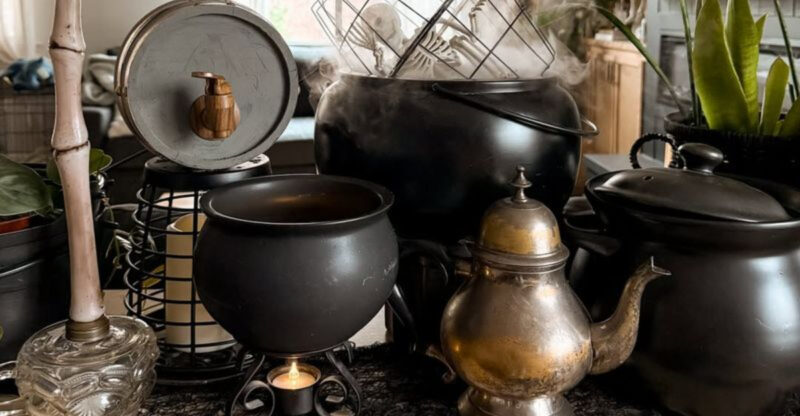9 1900s Antiques That Looked Valuable But Weren’t, And 4 That Really Were
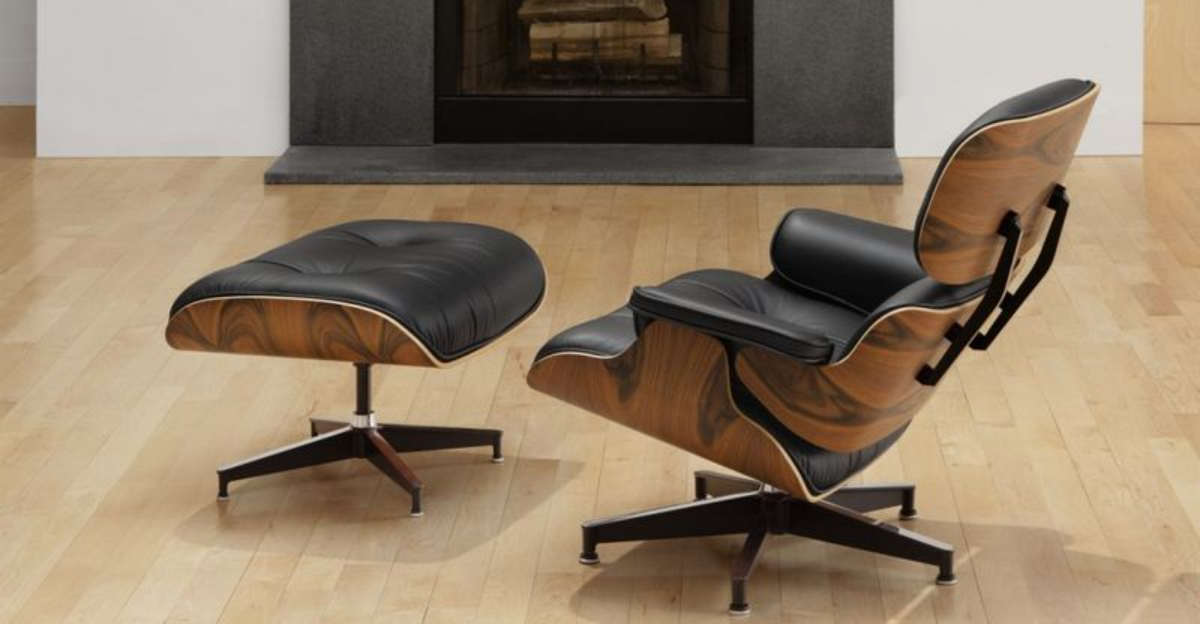
Ever walked into a dusty antique shop, spotted something that made your heart race, only to discover it wasn’t worth much at all? The 1900s produced countless items that fooled even seasoned collectors with their fancy appearances.
Meanwhile, some unassuming pieces turned out to be hidden treasures worth thousands. Take a closer look at which antiques from the twentieth century were merely dressed-up imposters and which ones were the real deal.
1. Ornate Pressed Wood Veneer Tables
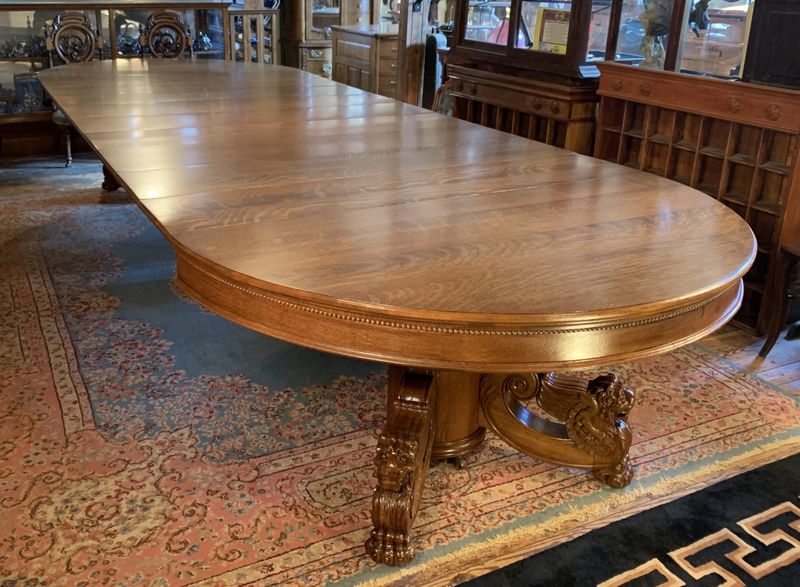
What looks like intricate craftsmanship often turns out to be mass-produced deception. Pressed wood veneer tables from the early 1900s frequently tricked buyers with their ornate appearances.
These tables used thin layers of decorative wood glued over cheaper materials. Many families proudly displayed these pieces, believing they owned valuable furniture when they actually possessed factory-made items worth little today.
2. Mass-Produced Art Deco Lamps
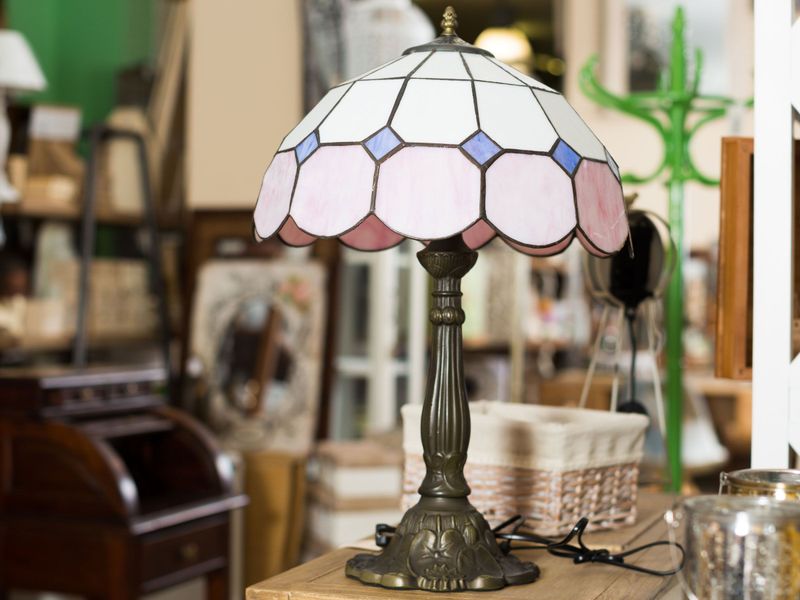
Though they shimmer with vintage appeal, most Art Deco lamps from department store catalogs hold little value. Their plastic components and machine-made parts reveal their true nature upon closer inspection.
Manufacturers churned these out by the thousands during the 1920s and 30s. While they captured the aesthetic of the era, these lamps lacked the craftsmanship and quality materials that make genuine Art Deco pieces valuable collector’s items today.
3. Reproduced Victorian-Style Mirrors
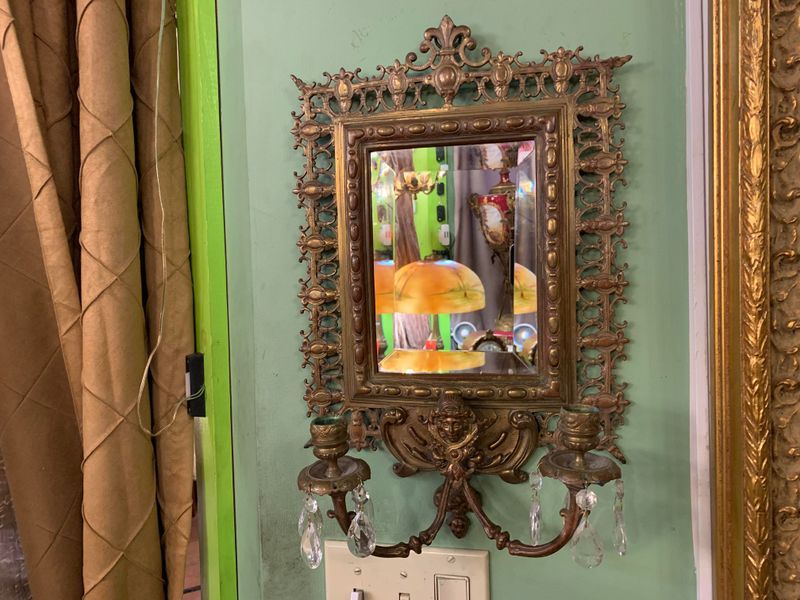
If you’ve inherited a Victorian-looking mirror with elaborately gilded frames, I have bad news. Many were actually 1920s-1940s reproductions with painted plaster frames rather than carved wood.
The fake gilding often reveals itself through uneven application or flaking. These mirrors were manufactured to satisfy middle-class desires for Victorian aesthetics without the craftsmanship.
Authentic Victorian mirrors feature hand-carved wooden frames with genuine gold leaf application.
4. Overly Elaborate Resin Figurines
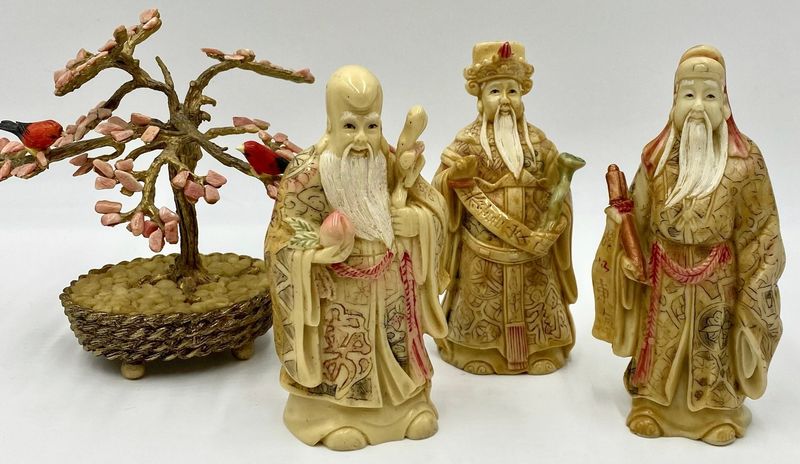
Ever spotted those incredibly detailed figurines at estate sales? Many collectors mistook these for valuable porcelain when they were actually cheap resin or plaster castings.
Manufacturers flooded the market with these decorative pieces throughout the 1900s. Their excessive detail and artificially aged appearance fooled many buyers.
The weight often gives them away. Genuine porcelain figurines have substantial heft compared to their lightweight imitations.
5. Factory-Made Bedroom Sets With Laminate
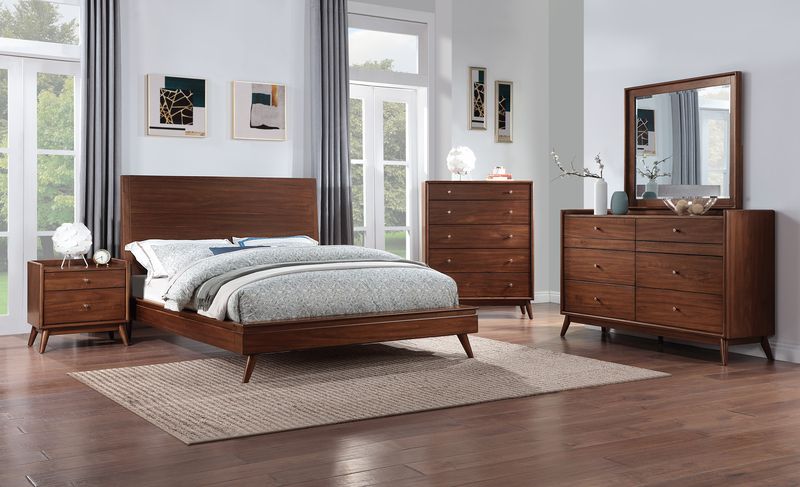
How disappointing to discover that grandma’s “cherry wood” bedroom set was actually particleboard with laminate! These sets flooded American homes from the 1930s onward, masquerading as solid wood furniture.
Manufacturers developed increasingly convincing faux wood finishes throughout the century. The edges typically reveal the truth, real wood has consistent grain patterns throughout, while laminate shows clear seams and uniform patterns.
Despite their vintage appearance, these pieces hold primarily sentimental value.
6. Painted Plywood Mid-Century Chairs
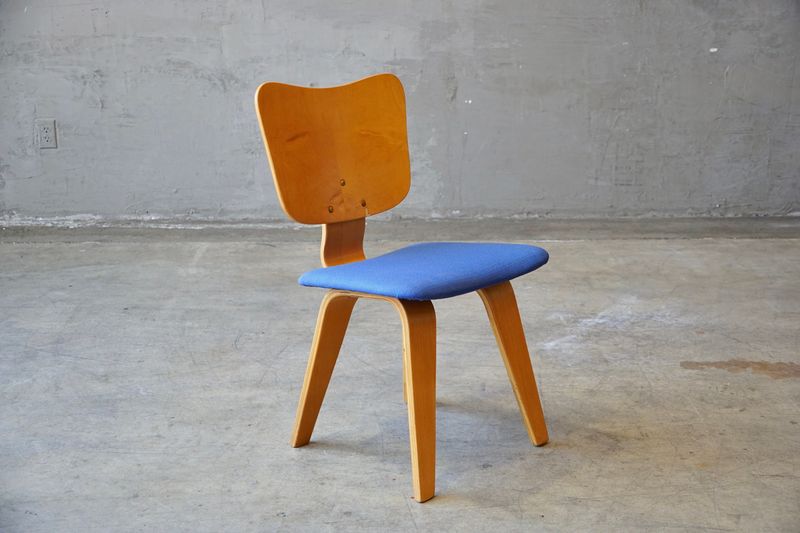
Those colorful mid-century chairs might look stylish, but many were budget versions made from painted plywood rather than molded fiberglass or quality hardwoods. Manufacturers capitalized on popular designs by creating affordable knockoffs.
The chairs typically featured thin plywood seats with simple wooden legs. While authentic Eames or Jacobsen chairs command thousands, these mass-produced alternatives fetch little despite their vintage status. Look for uneven paint application and visible plywood layers at the edges.
7. Faux Marble Coffee Tables
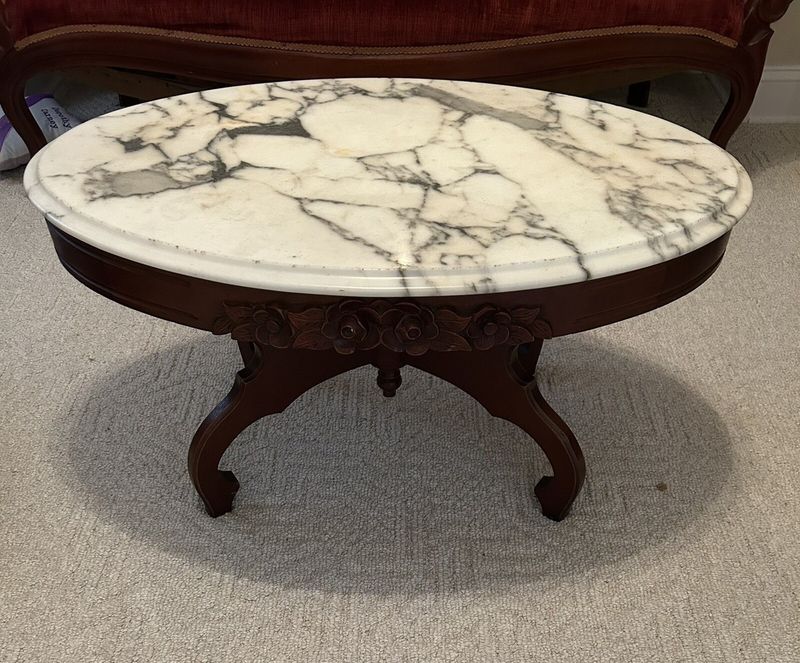
That heavy marble-top coffee table from the 1960s might actually be cleverly painted composite material! Manufacturers became experts at creating convincing marble patterns on lightweight surfaces.
These tables populated countless living rooms during the mid-century period. The faux marble typically shows its true nature through perfectly repeating patterns or unnatural warmth to the touch.
While authentic marble develops a distinctive patina over decades, these imitations simply show wear and chipping.
8. Mass-Produced Glass Doorknobs

Though they sparkle with vintage charm, most glass doorknobs from later production runs hold minimal value. Early handmade examples from the 1900s-1920s are treasures, but those mass-produced after 1930 are common finds.
Manufacturers standardized production methods, creating millions of nearly identical doorknobs. The later examples typically have fewer air bubbles, more uniform shapes, and machine-made metal components. While they add character to period homes, they rarely command more than $20-30 per set.
9. Brass-Plated Cabinet Hardware
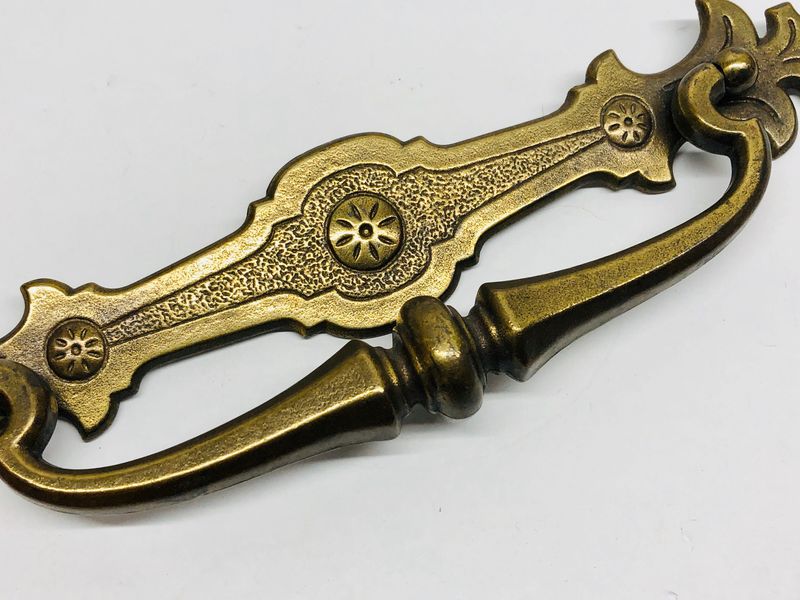
Those antique-looking drawer pulls might be deceiving you! Many vintage furniture pieces feature brass-plated hardware rather than solid brass construction.
Manufacturers commonly used zinc or pot metal bases with thin brass electroplating. Over time, the plating wears away, revealing the grayish base metal underneath.
Authentic solid brass develops a natural patina rather than flaking. Despite their vintage appearance, these mass-produced hardware pieces rarely command more than a few dollars.
10. Hand-Carved Oak Sideboards
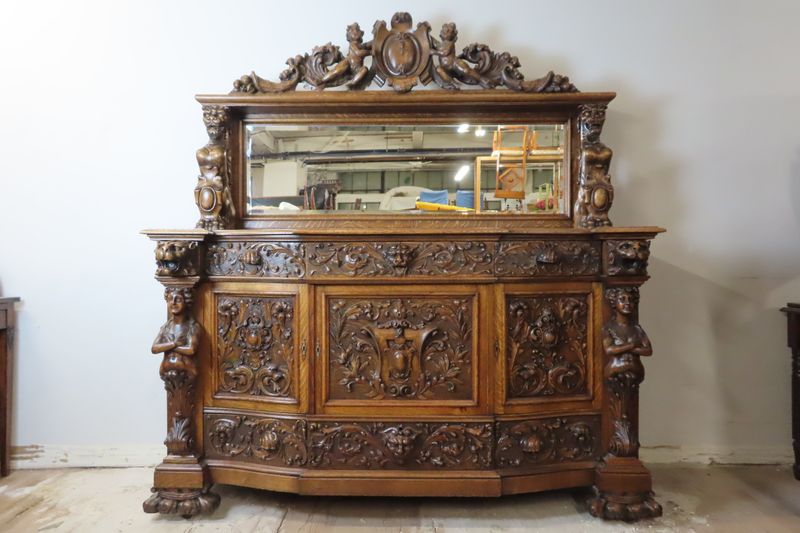
Unlike their mass-produced counterparts, hand-carved oak sideboards with original finishes represent genuine craftsmanship worth thousands today. These magnificent pieces showcase the skilled woodworking traditions of the early 1900s.
Master craftsmen spent weeks creating intricate details on these dining room showpieces. The quarter-sawn oak develops a distinctive tiger-stripe pattern over time.
Look for hand-cut dovetail joints, consistent patina throughout, and solid construction weighing several hundred pounds. All signs of authentic period craftsmanship.
11. Eames Lounge Chairs And Ottomans
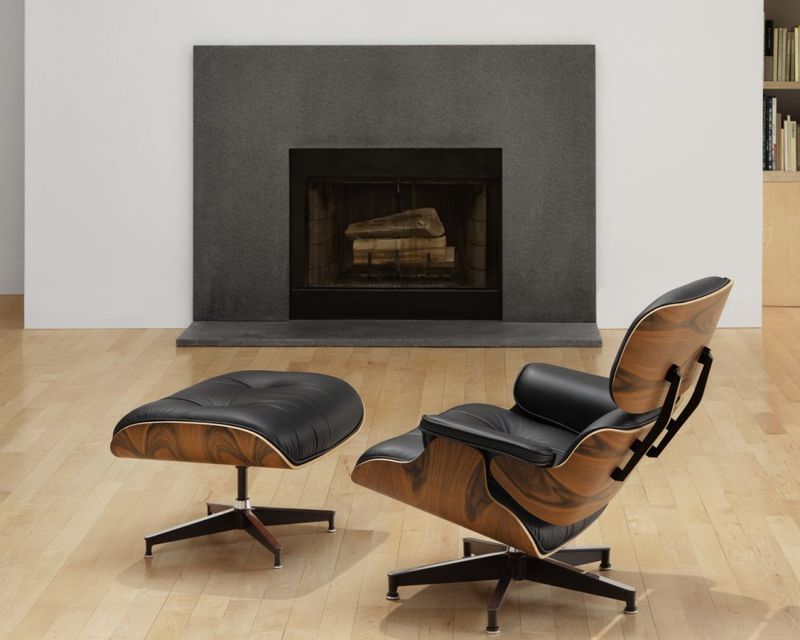
While knockoffs abound, authentic mid-century modern Eames lounge chairs represent significant investments that appreciate over time. Created by Charles and Ray Eames in 1956, these iconic pieces combine rosewood veneer and supple leather.
Original Herman Miller-produced examples can fetch $5,000-$15,000 depending on condition. The distinctive silhouette revolutionized furniture design.
Look for the Herman Miller label, a five-star base on the ottoman, and proper dimensions. Knockoffs typically appear slightly larger than the precisely proportioned originals.
12. Early 1900s Hand-Blown Glass Lamps
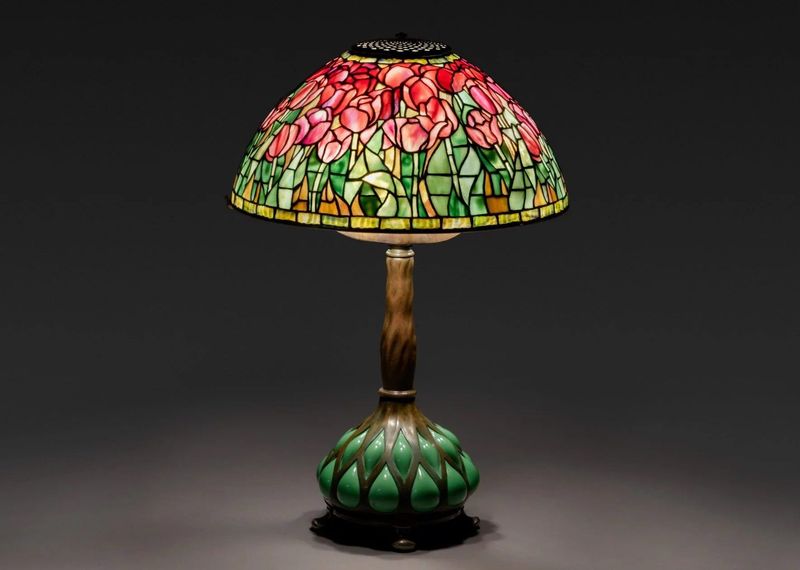
Hidden treasures often lurk in attics, particularly early 1900s hand-blown glass lamps with distinctive craftsmanship. Tiffany Studios pieces represent the pinnacle, but many smaller artisanal studios created valuable works.
These lamps feature irregular glass thickness, tiny air bubbles, and asymmetrical elements revealing their handmade nature. The glass typically contains minerals creating unique colors impossible to reproduce today. Serious collectors eagerly pay $2,000-$250,000, depending on maker, design, and condition.
13. Solid Wood Dressers With Dovetail Joints
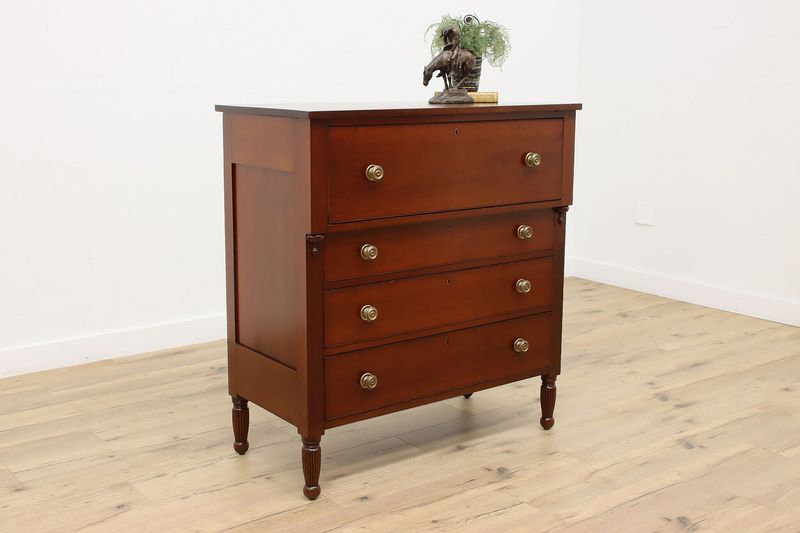
Where most furniture deteriorates, solid mahogany or cherry dressers with hand-cut dovetail joints actually gain value over time. These masterpieces of craftsmanship represent the pinnacle of early 1900s furniture making.
Cabinetmakers spent weeks creating these heirloom pieces, often for wealthy clients. The dovetail joints, where drawer pieces interlock like puzzle pieces, remain tight after a century of use.
The rich patina developing on genuine hardwood creates depth impossible to fake. Well-maintained examples now command $3,000-$10,000 at auction.

